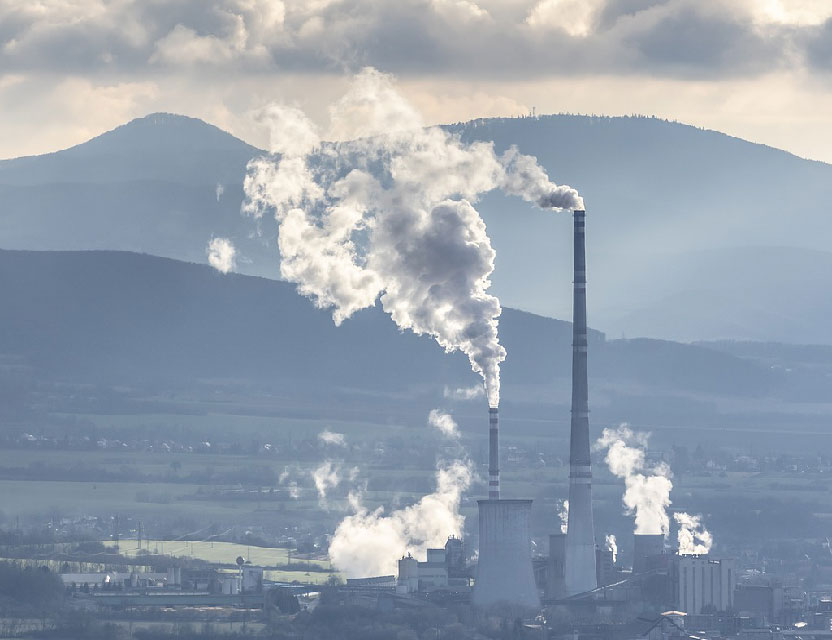Canada is home to a diverse range of plant species, many of which are under significant threat. The country’s unique ecosystems, from the temperate rainforests of British Columbia to the vast boreal forests stretching across the northern regions, host thousands of plant species. However, due to climate change, habitat destruction, and increased human activities, numerous plant species are facing extinction. One of the major drivers of these changes is the increasing energy consumption and carbon emissions associated with modern life, particularly in a country like Canada.
The Threat to Plant Species
Endangered plant species in Canada face several challenges. Urban expansion, deforestation, and agricultural activities have led to habitat loss. Climate change, driven by greenhouse gas emissions, further disrupts ecosystems by altering temperature patterns, precipitation, and the occurrence of extreme weather events. Canada’s endangered plant species, such as the Western Prairie Fringed Orchid, the Small-Whorled Pogonia, and the Pitcher’s Thistle, are struggling to survive in a rapidly changing environment. As their habitats are destroyed or altered, these plants become increasingly vulnerable to extinction.
Energy Consumption and Carbon Emissions in Canada
One of the significant contributors to the loss of biodiversity in Canada, including the extinction risk to plant species, is the country’s high energy consumption and the resulting carbon emissions. Canada is one of the world’s largest energy consumers per capita. The country’s vast size, cold climate, and reliance on fossil fuels for heating, transportation, and industry contribute to this high level of consumption. According to data, Canada’s per capita energy consumption is significantly higher than the global average, with Canadians consuming more than twice the energy of the average global citizen.
This excessive energy use translates into high carbon emissions. The burning of fossil fuels for electricity, heating, and transportation is a primary source of greenhouse gases, which contribute to climate change. Climate change, in turn, affects ecosystems across the country. Rising temperatures, changing precipitation patterns, and more frequent extreme weather events put additional stress on endangered plant species, which are often unable to adapt quickly enough to these changes.
The Global Context
When comparing Canada’s energy consumption to the global average, the disparity is stark. The global average energy consumption per capita is considerably lower than that of Canada. Many countries with similar climates and economies have made significant strides in reducing their energy consumption through increased efficiency, adoption of renewable energy, and other measures. However, Canada’s energy policies still heavily rely on fossil fuels, and the shift to cleaner energy has been slower than in other industrialized nations. This lag in transitioning to sustainable energy sources further exacerbates the country’s carbon footprint, contributing to the pressures on plant species and ecosystems.
The Importance of Education
To mitigate the negative effects of energy consumption and carbon emissions on Canada’s ecosystems, it is crucial to invest in education, particularly for the younger generation. Children, as the future stewards of the environment, need to be educated about the importance of energy conservation, renewable energy sources, and the protection of biodiversity. By fostering an understanding of how energy use impacts the environment, children can grow up with a mindset geared toward sustainability.
Environmental education can empower children to make informed decisions about their energy consumption and encourage them to advocate for policies that protect endangered species and reduce carbon emissions. Programs that focus on teaching children about the connections between energy use, climate change, and biodiversity loss can inspire them to adopt habits that contribute to a more sustainable future. They can become advocates for renewable energy, champions for reducing waste, and voices for conservation efforts that aim to protect Canada’s unique ecosystems.
Conclusion
The endangered plant species in Canada face significant threats from habitat destruction, climate change, and human activities. High energy consumption and carbon emissions are key factors driving these changes, making it essential for Canada to reduce its reliance on fossil fuels and transition to cleaner energy sources. By comparing Canada’s energy consumption to the global average, it becomes clear that there is much work to be done. However, there is hope. Education plays a critical role in shaping the next generation of environmental leaders. By teaching children about the importance of sustainability, energy conservation, and biodiversity protection, we can empower them to make a positive impact and help preserve Canada’s rich natural heritage for future generations.



